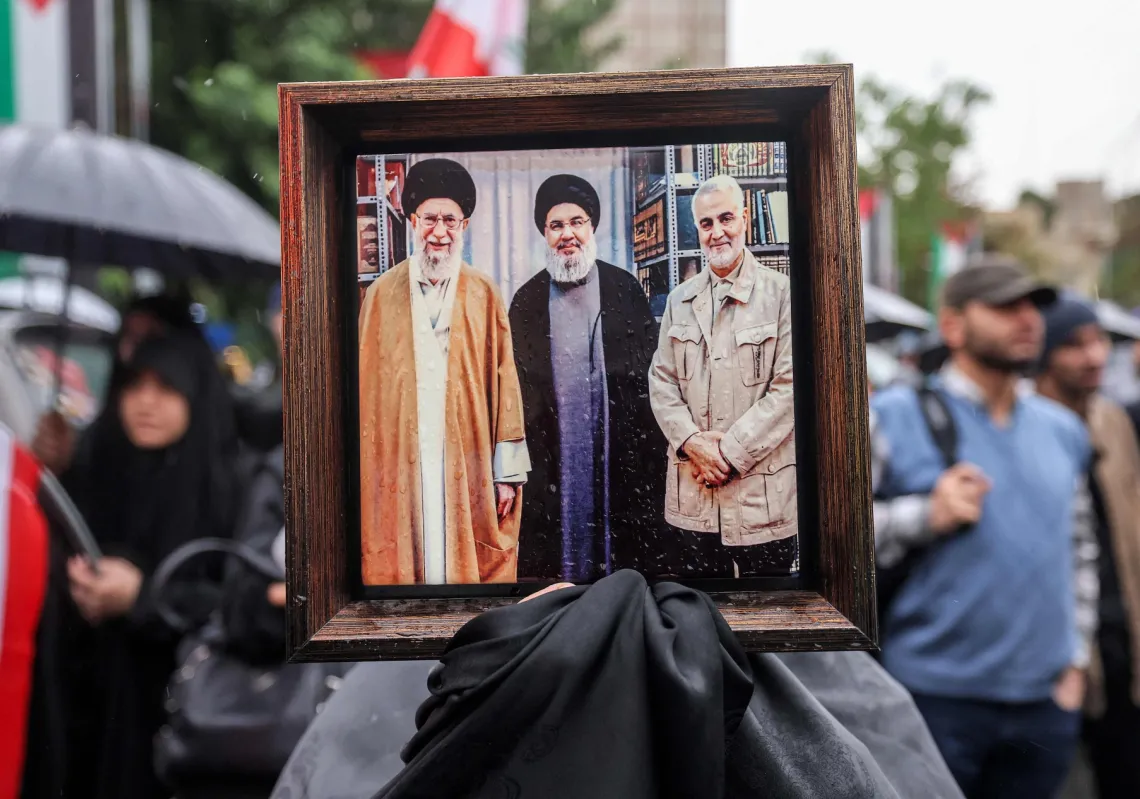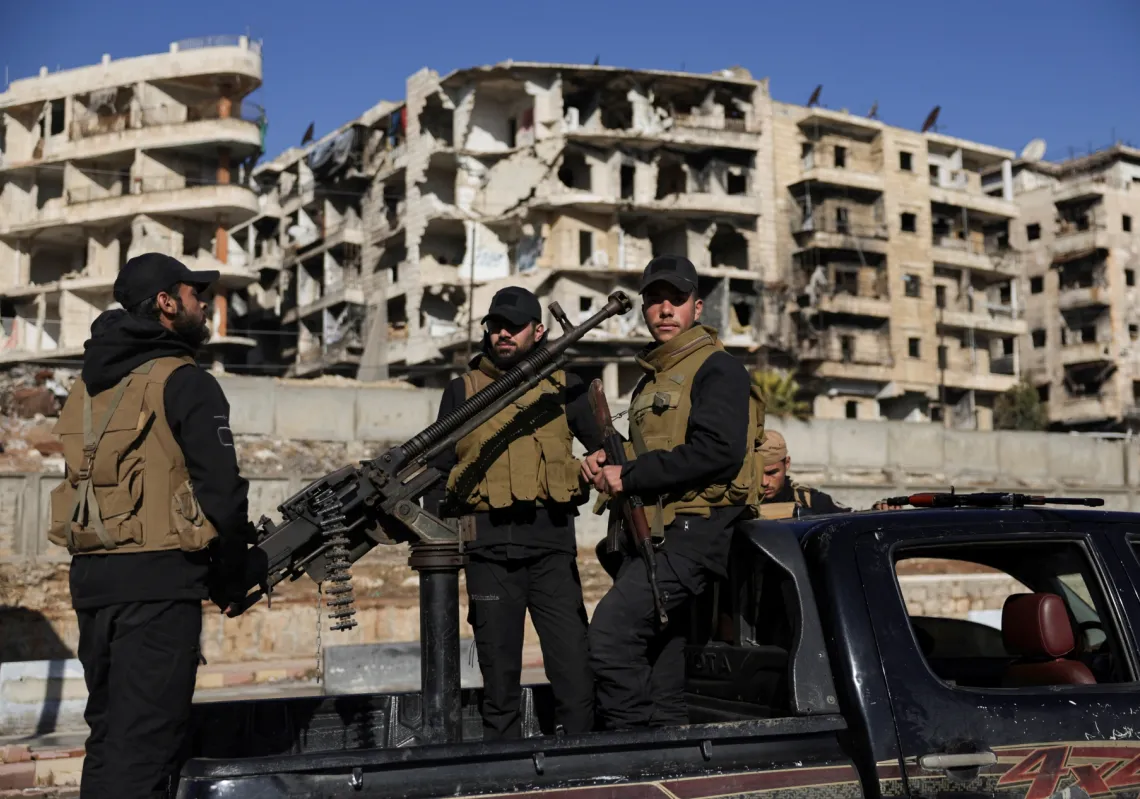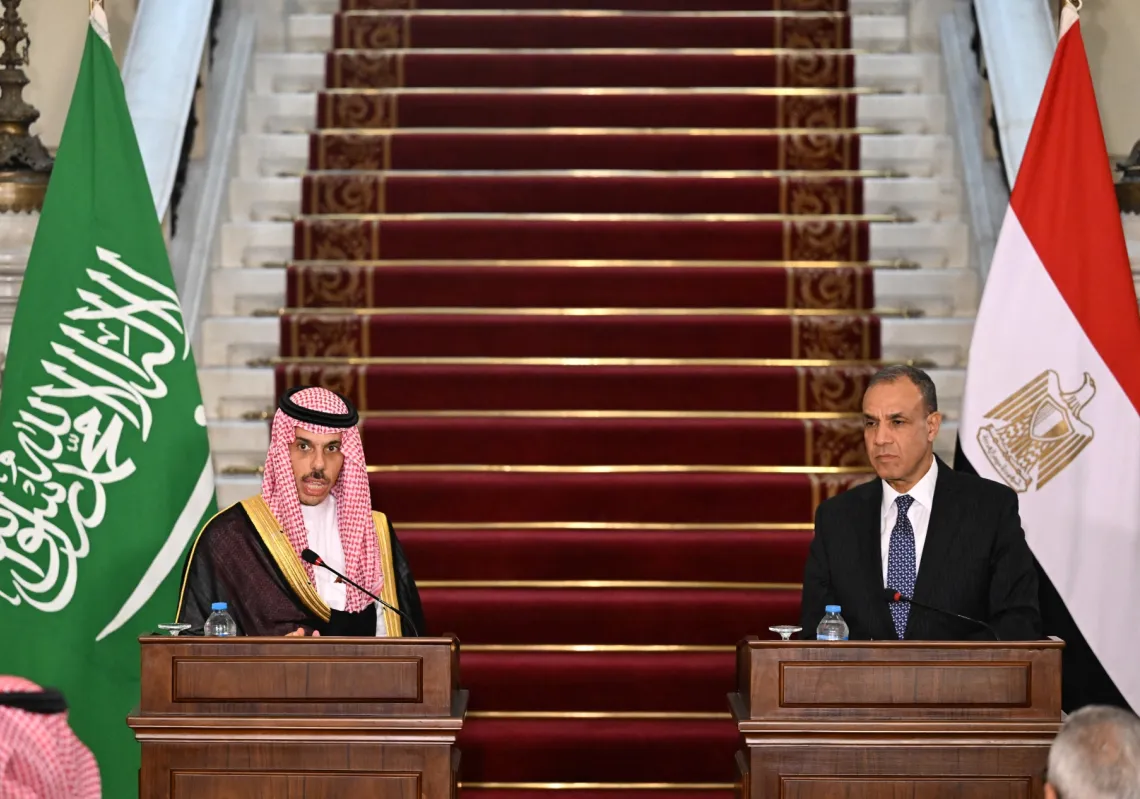In the nearly six months of regional conflict that followed Hamas’s attack on Israel on 7 October 2023, many of the red lines that have traditionally held together a semblance of stability have been crossed.
Another red line was crossed on 1 April 2024 when an Israeli airstrike hit part of Iran’s consulate in Damascus, Syria.
With one strike, Israel decapitated the IRGC-Quds Force leadership for Syria and Lebanon.
It killed Brig. Gen. Mohammed Zahedi, his Chief of General Staff Gen. Hossein Aminullah, and Maj. Gen. Haj Rahimi, the commander for Palestine.
There can be no understating the strategic significance of this single precision strike.
In flattening an entire building within the Iranian Consulate compound, the attack itself was a strike on sovereign Iranian territory.
No ordinary general
In killing Zahedi, Israel wiped out a top IRGC veteran who has commanded its air and ground forces.
He was Iran’s most powerful liaison on the most active and vital frontline for the resistance, working with Hezbollah and Bashar al-Assad’s regime.
In previously unseen photos since released by Iranian state media and IRGC sources, Zahedi is seen with Qassem Soleimani, Ismail Qaani, Hassan Nasrallah, and Imad Mughniyeh.
This is a clear indication of his status as one of the IRGC’s most powerful and valuable operatives.












